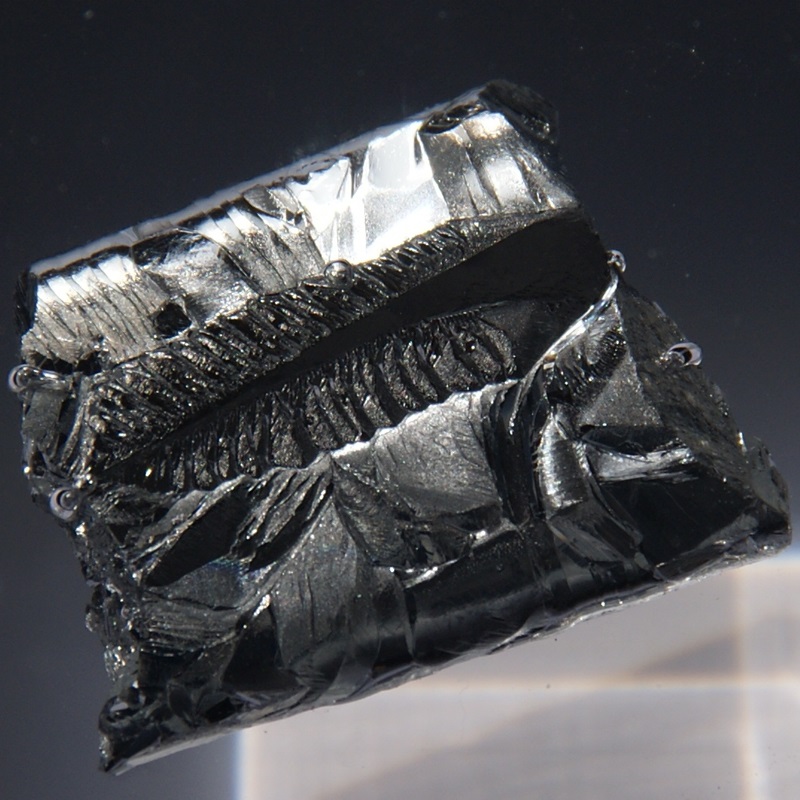銻
51
Sb
族
15
週期
5
區
p
個質子
電子
個中子
51
51
71
一般屬性
原子序數
51
標準原子質量
121.76
品質編號
122
類別
類金屬
顏色
銀色
放射性
否
希臘文“永遠伴生的金屬”
晶體結構
簡單三角
歷史
One of antimony's minerals, stibnite was recognized in predynastic Egypt as an eye cosmetic as early as about 3100 BC.
The first European description of a procedure for isolating antimony is in the book De la pirotechnia of 1540 by Vannoccio Biringuccio.
The first natural occurrence of pure antimony in the Earth's crust was described by the Swedish scientist and local mine district engineer Anton von Swab in 1783.
The first European description of a procedure for isolating antimony is in the book De la pirotechnia of 1540 by Vannoccio Biringuccio.
The first natural occurrence of pure antimony in the Earth's crust was described by the Swedish scientist and local mine district engineer Anton von Swab in 1783.
每個外殼的電子
2, 8, 18, 18, 5
電子排布
[Kr] 4d10 5s2 5p3
Antimony is a poor conductor of heat and electricity
物理性質
物態
固體
密度
6.685 g/cm3
熔點
903.78 K | 630.63 °C | 1167.13 °F
沸點
1860.15 K | 1587 °C | 2888.6 °F
熔化熱
19.7 kJ/mol
汽化熱
68 kJ/mol
比熱容
0.207 J/g·K
地殼豐度
0.00002%
宇宙豐度
4×10-8%

CAS 編號
7440-36-0
Pubchem CID 編號
5354495
原子性質
原子半徑
140 pm
共價半徑
139 pm
電負性
2.05 (鲍林标度)
電離電位
8.6084 eV
原子體積
18.22 cm3/mol
熱導率
0.243 W/cm·K
氧化態
-3, 3, 5
應用
The largest applications for metallic antimony are as alloying material for lead and tin and for lead antimony plates in lead-acid batteries.
Alloying lead and tin with antimony improves the properties of the alloys which are used in solders, bullets and plain bearings.
Antimony trioxide is used as a flame retardant in adhesives, plastics, rubber and textiles.
Alloying lead and tin with antimony improves the properties of the alloys which are used in solders, bullets and plain bearings.
Antimony trioxide is used as a flame retardant in adhesives, plastics, rubber and textiles.
Antimony and many of its compounds are toxic
同位素
穩定同位素
121Sb, 123Sb不穩定同位素
103Sb, 104Sb, 105Sb, 106Sb, 107Sb, 108Sb, 109Sb, 110Sb, 111Sb, 112Sb, 113Sb, 114Sb, 115Sb, 116Sb, 117Sb, 118Sb, 119Sb, 120Sb, 122Sb, 124Sb, 125Sb, 126Sb, 127Sb, 128Sb, 129Sb, 130Sb, 131Sb, 132Sb, 133Sb, 134Sb, 135Sb, 136Sb, 137Sb, 138Sb, 139Sb